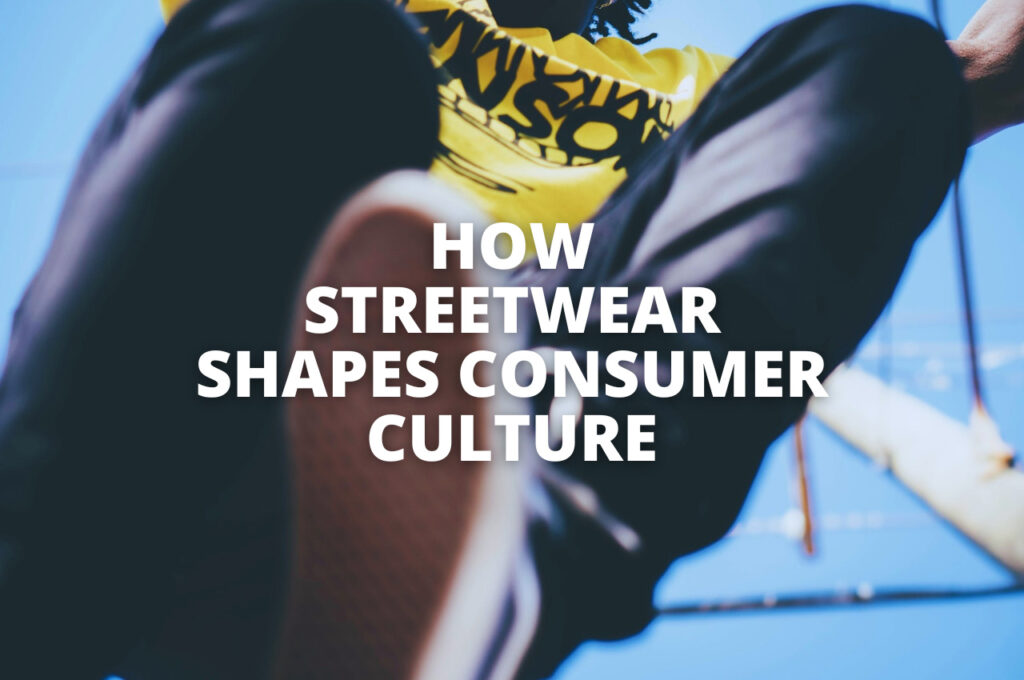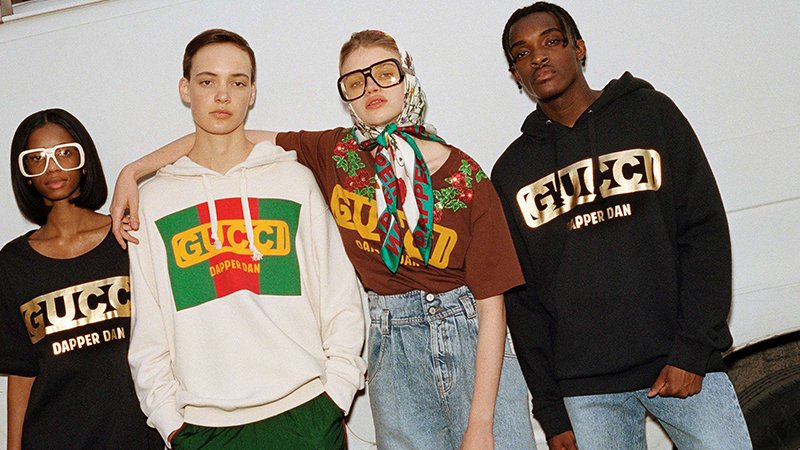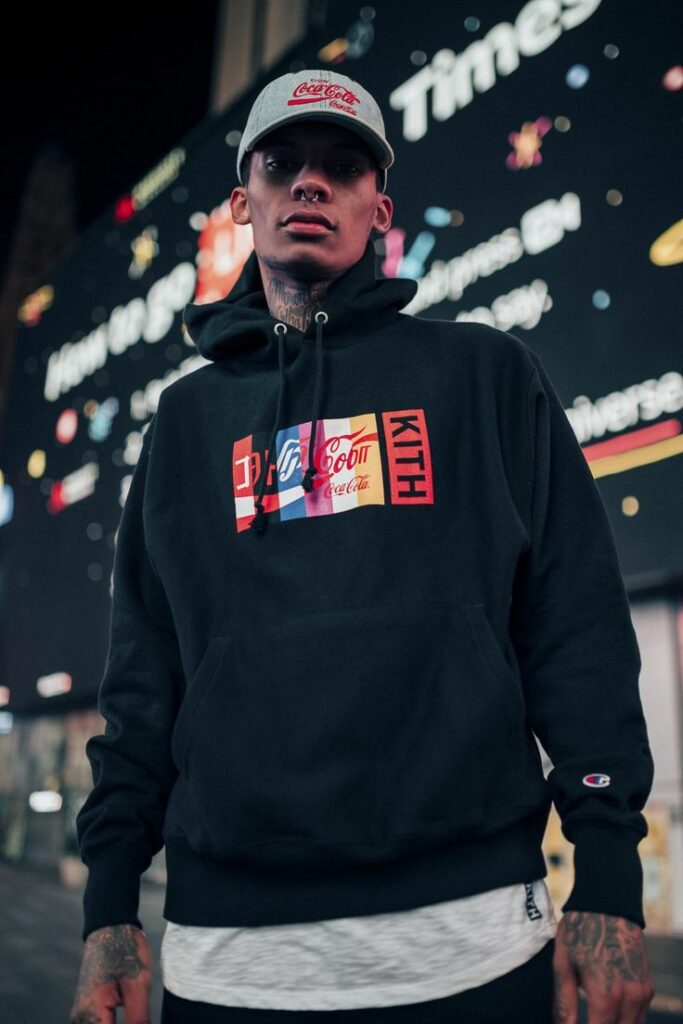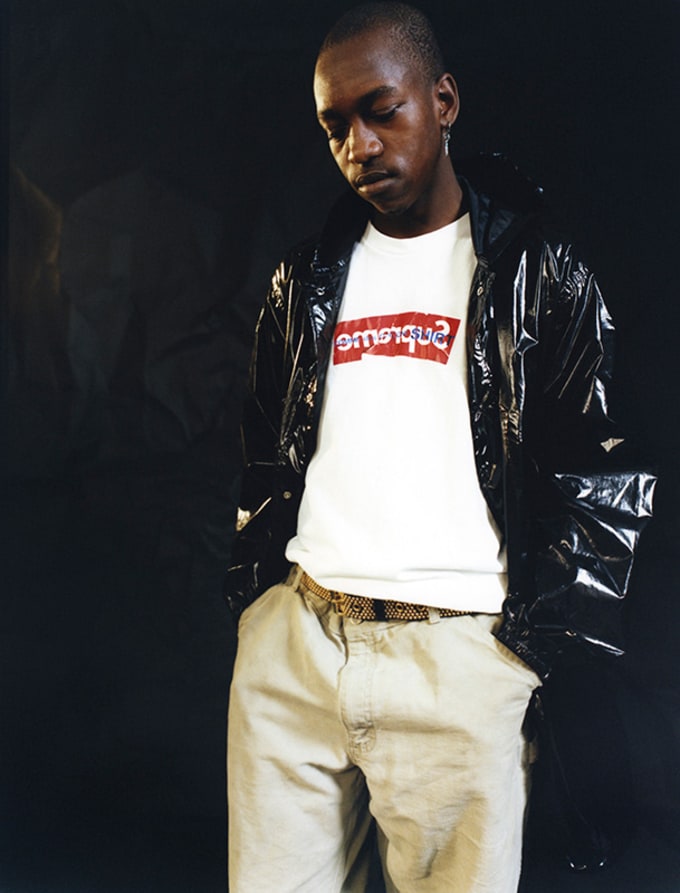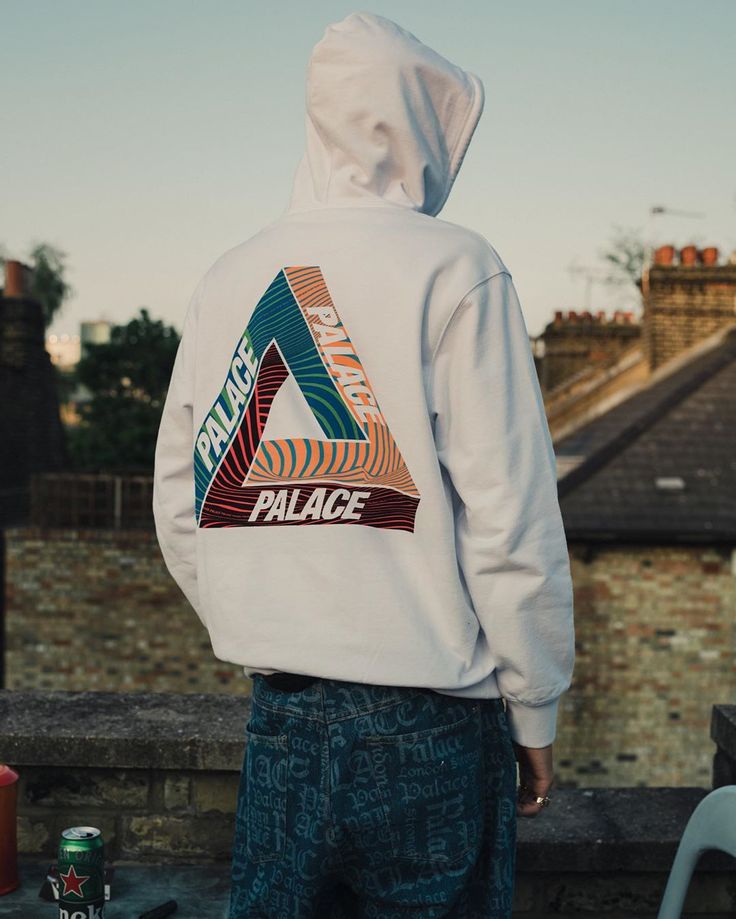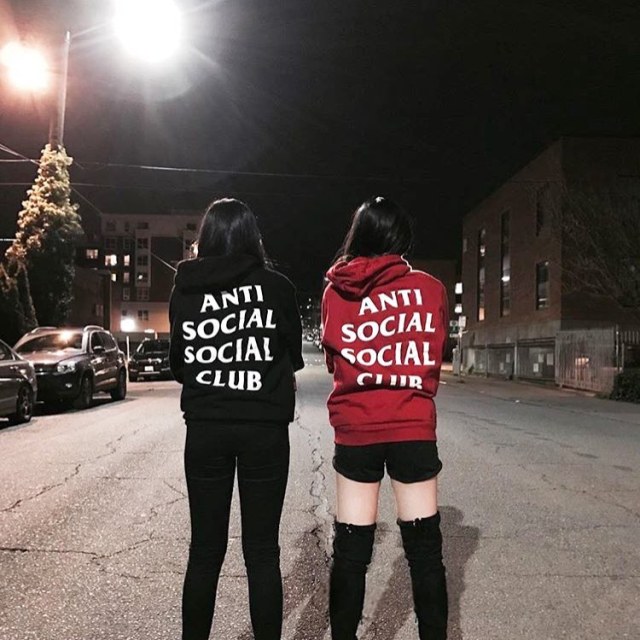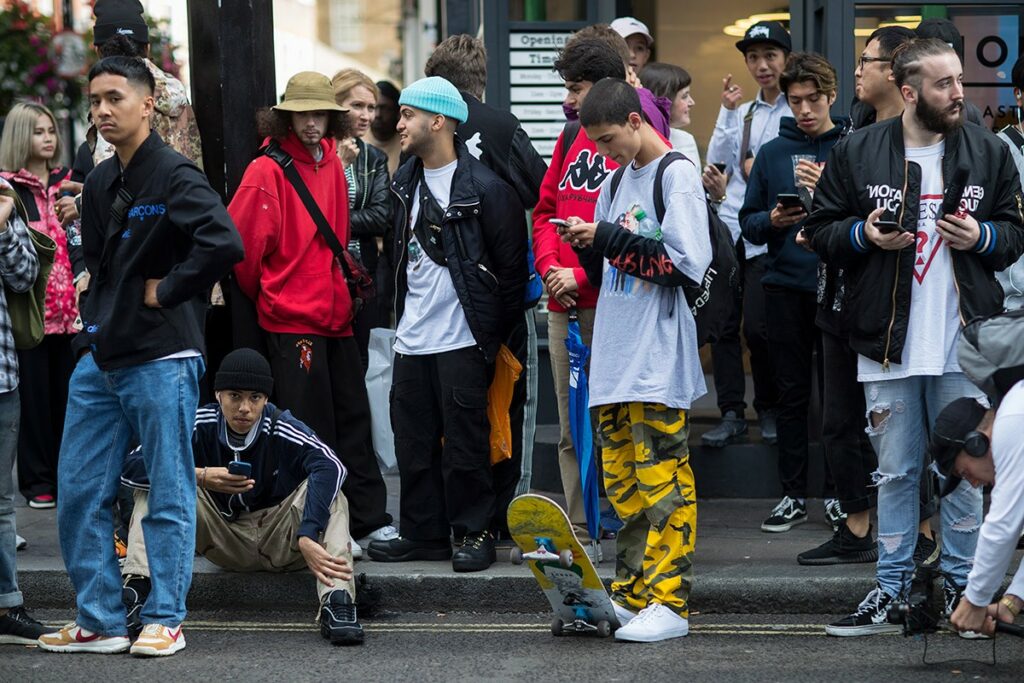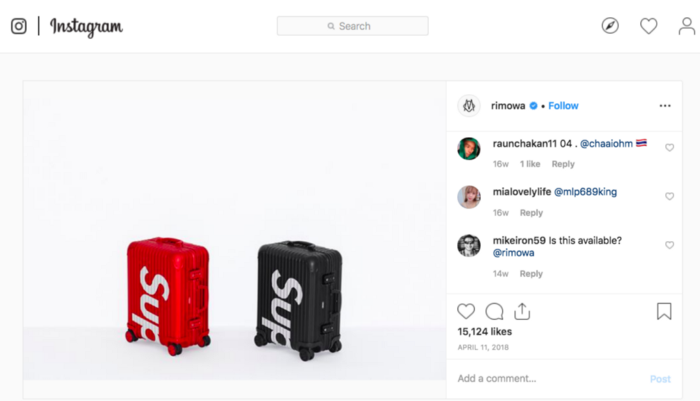Do you feel like the streetwear trend has been on the rise lately? Then came the rise of media that showcased street style and labels such as Hypebeast and Highsnobiety. Without realizing it, our lifestyles are crossing unnatural boundaries, until luxury and streetwear labels merge. When it comes to the price, it’s obviously absurd, but many people still hunt for it.
Take for example the collaboration between Louis Vuitton and Supreme, two brands that are very different in style but managed to successfully penetrate the market. The collection from the two brands made a splash, just imagine 600 people queuing up in front of the Louis Vuitton boutique on Orchard Road, Singapore. Fashion enthusiasts were eyeing the collaboration between the two brands, which was produced in 350 pieces with a “limited edition” offer.
If you’re a fan of all things Hypebeast, you’ll often read about the launch of the latest collections from brands that are produced in limited editions. It is indeed another characteristic of the streetwear brand line. That’s why many premium and luxury brands want to collaborate with streetwear brands. Just look at KITH and Coca Cola who just launched their products on August 18th.
Gen-Z’s Influence on the Rise of Streetwear Products
The presence of millennials and Gen Z who are well-versed in the digital world and social media has also triggered the emergence of streetwear brands. And the majority of brand founders are friends of famous musicians or artists.
Their stylish outfits, contemporary souls, and fame are some of the main contributing factors that influence market prices. One of them is Gully Guy or Leo Mandela, a 15-year-old British boy who has over 704k followers on Instagram.
He has spent around 9,000 pounds sterling or approximately 10356.84 USD, on streetwear brands such as BAPE, Palace, and Supreme.
5 Streetwear Brands That Shaped The Industry
1. KITH
The brand, founded by Ronnie Fieg, has been sought after by many well-known brands. For example, Nike and Asics have created various limited sneaker models with KITH. The most interesting thing is that all collections are sold out within a week! KITH is therefore the perfect target to make a brand viral on social media.
2. Supreme
With a white logo on a red box, Supreme came along and immediately anesthetized many of the younger generations to continue to invade every product it released. From clothes to shoes, to even the most absurd things. James Jebbia is the founder of Supreme who never gave up.
In 1996, Supreme was established as a casual clothing brand and skateboard manufacturer. Supreme’s popularity increased when James Jebbie endorsed world-renowned figures. What a contemporary marketing technique, right?
3. Palace
This London-based brand focuses on producing clothing specifically for skaters. Owned by Lev Tanju, a skateboarder and designer who founded Palace in 2010. The streetwear label is known for its sharp graphics and Tri-Freg logo, perfect for those of you who are into the logomania trend. Its collaborations with Reebok and Adidas also make Palace a force to be reckoned with in the premium streetwear market.
4. BAPE
BAPE or a Bathing Ape is a Japanese clothing brand founded by Nigo (Tomoaki Nagao) in Ura-Harajuku in 1993. The brand specializes in men’s, women’s, and children’s lifestyles with a streetwear style. BAPE already has 19 stores in Japan, including Bape Stores, Bape Pirate Stores, Bape Kids Stores, Bapexclusive Aoyama, and Bapexclusive Kyoto. Nigo also established secondary lines AAPE (by A Bathing Ape) and BAPY (Busy Working Lady).
In 2011, the company was sold to Hong Kong conglomerate I.T Group. However, Nigo remained Creative Director for the next two years and left BAPE in 2013. Nigo is also the co-owner of Billionaire Boys Club and Ice Cream with Pharrell Williams. Unlike Supreme, which has grown in popularity in the last five years, BAPE’s popularity has only gone global since 2016 when it collaborated on designs with Adidas and Mastermind Japan.
5. Anti Social Social Club
Neek Lurk’s Anti Social Social Club is a form of Lurk’s expression. He admits to being very introverted and ended up making a t-shirt with his brand’s logo. When Kanye West wore this t-shirt, ASSC instantly gained popularity. With emotional phrases and provocative images, the brand also became a slogan for apparel that brings out the youthful spirit. It seems like everything Kanye West wears instantly becomes a trend, huh?
The Influence of Streetwear Fashion in Shaping Consumptive Culture
The use and purchase of an item today is no longer just for the sake of living, but because of the desired factor that is not so useful, for example following trends, raising prestige.
This causes purchasing power and consumptive behavior. Consumptive behavior can be defined as using products that are not complete: buying products not because they have run out but because they are trending. That way today’s society, especially generation Z, has become a consumptive society.
This is because the development of the era and consumptive behavior is more related to lifestyle, whereas today’s lifestyle has become a western lifestyle. For example, YouTuber Jeffry Jouw or often known as Je Jouw is willing to cut 80-90 percent of his salary just for shopping.
Scarcity That Changes Everything
Hippest culture-minded haute couture brands will only release a limited number of items, so scarcity will affect the price. This is adapted from the tendency of famous high fashion products usually made by fashion designers such as Givenchy or Saint Laurent.
But of course, higher prices do not prevent hypebeasts from getting fashion products from their favorite brands. In fact, with simple reasoning, we can examine how much capital needs to be spent to produce, then compare it with the selling price.
When it comes to art, of course, we can’t correct someone’s subjectivity. Everyone has different tastes in art, which is impossible to homogenize. But some of us may not be able to avoid wondering about this phenomenon. Modified as it is, we need to agree that there is an exclusivity behind all the hypebeast alibis.
There is a degree of self-importance that this trend elevates for the wearer. It shows that the world we live in is very dynamic. It is this dynamism that allows these phenomena to occur in society. Perhaps we never imagined that a prestige game could extend to such everyday products.
The success of this trend was marked by glamour brands such as Gucci, Dior, and LV joining the bandwagon. By utilizing collaborations with brands such as Supreme, Off White, Adidas, Nike, and others, they immersed themselves in the streetwear trend to meet market demand.
The collaborations that are emerging are not only convincing that today’s youth love comfortable and characterful everyday wear, but are also highly prestigious. Even without collaborating, these haute couture brands are following the market demand for “simple” clothing with high-end trademarks.
Every meaning has its own suggestion. Anything can become a commodity with prestigious value when it is supported by the market, which is explained by the economic law of supply and demand. It’s good to understand the narrative behind the growing trend. How our priorities are trying to be modified by the movement we often call “the times”.
Related Article: The Fast Fashion Industry And The Problems It Causes
